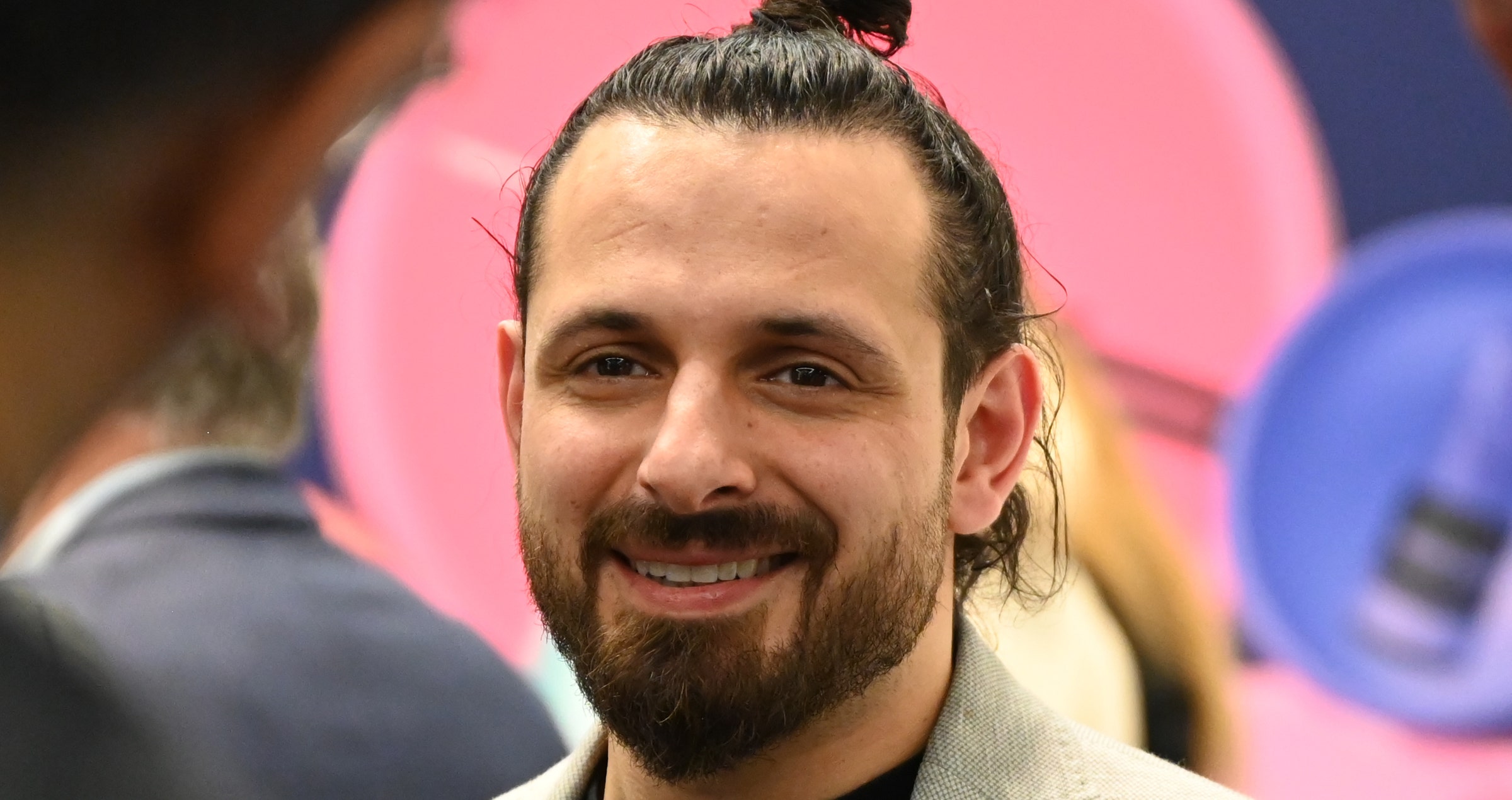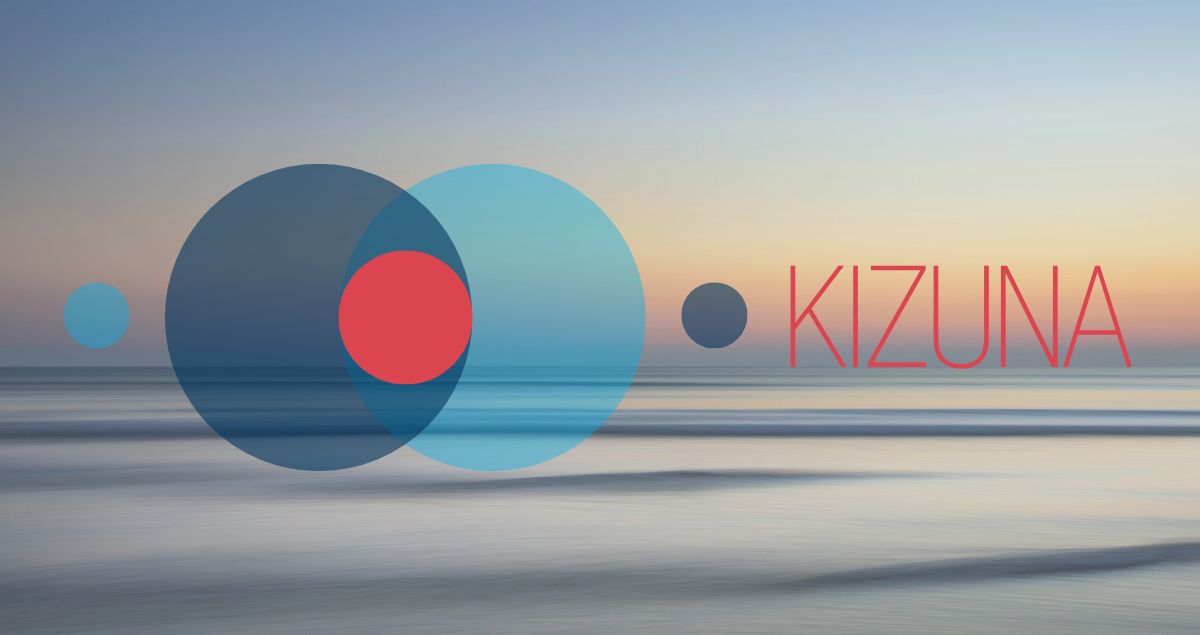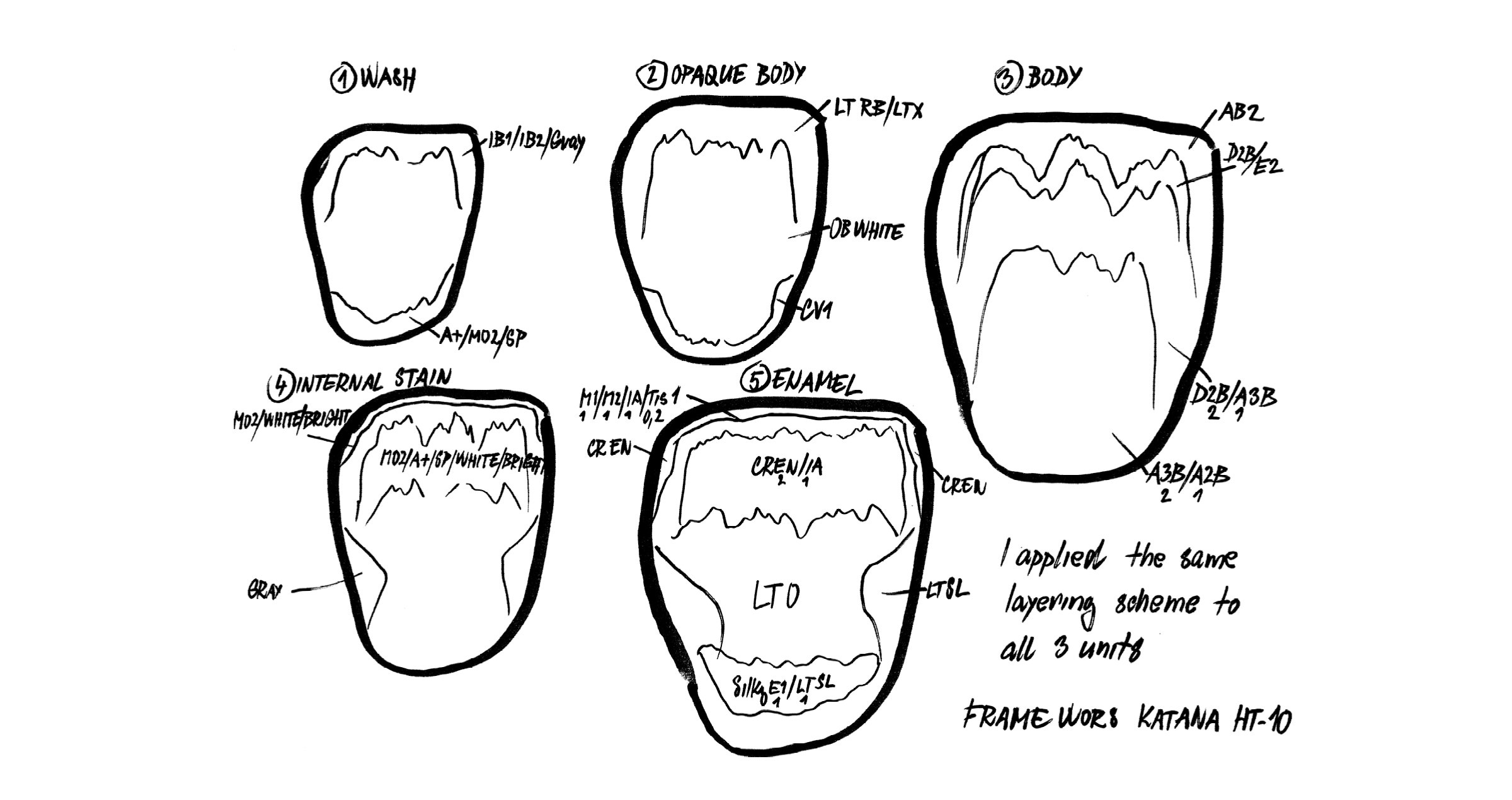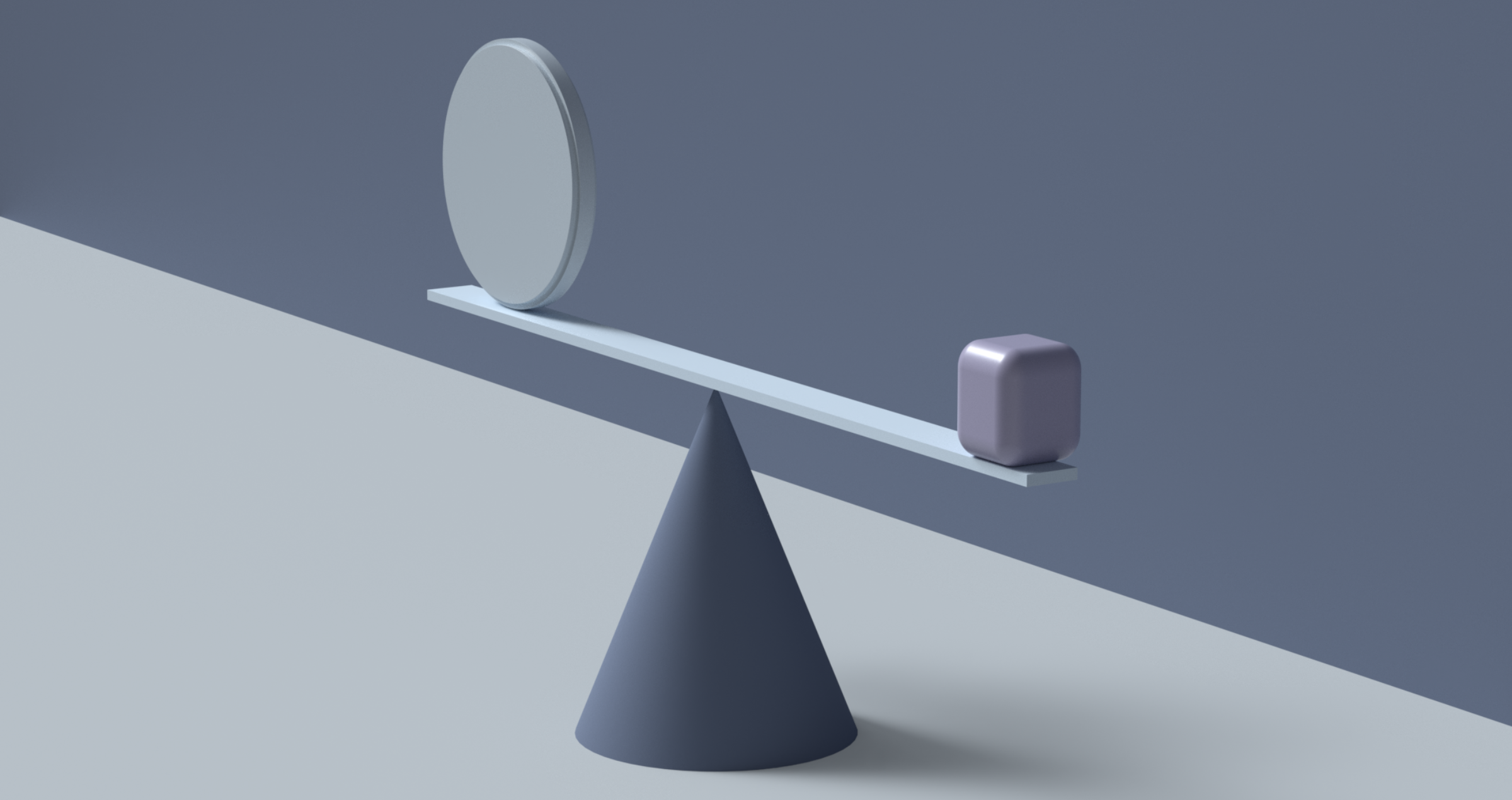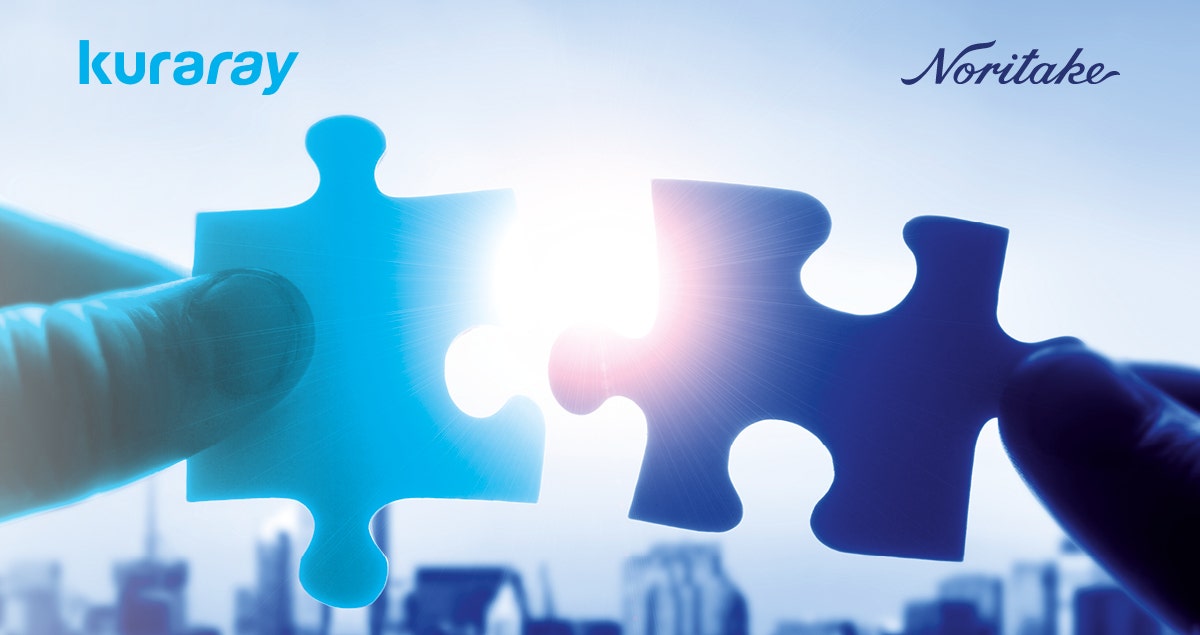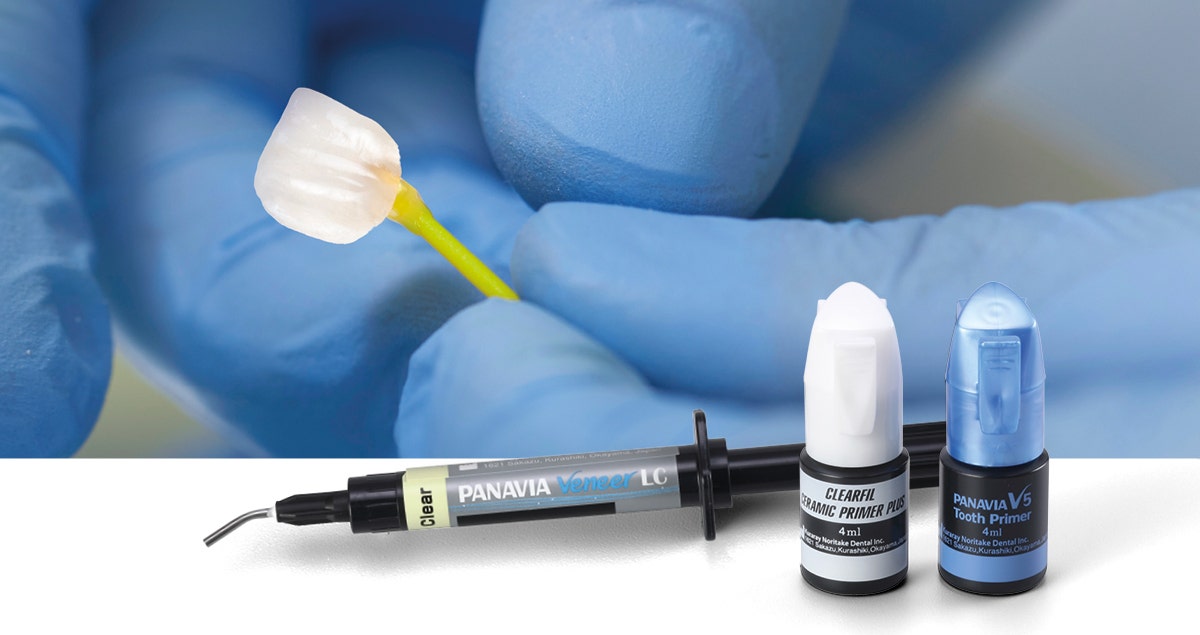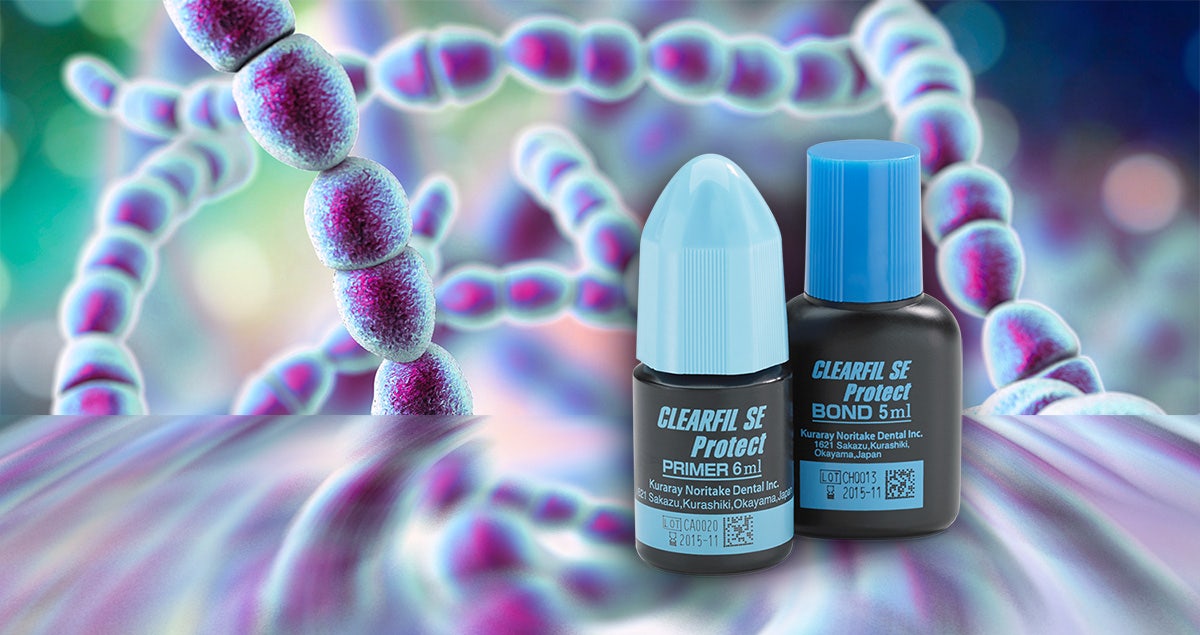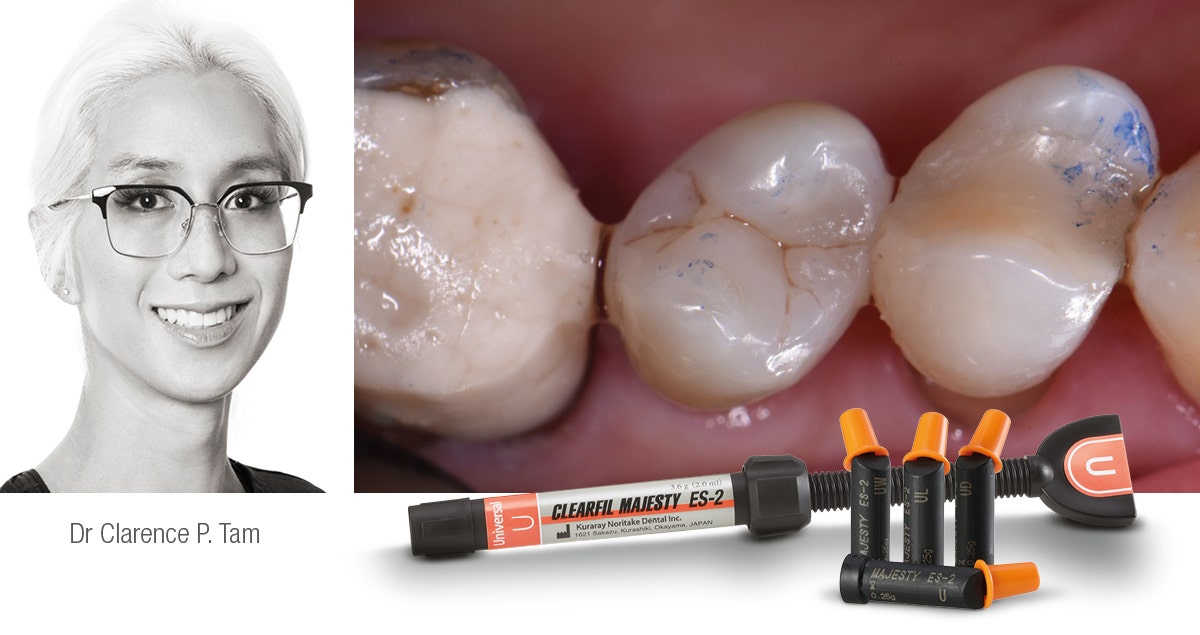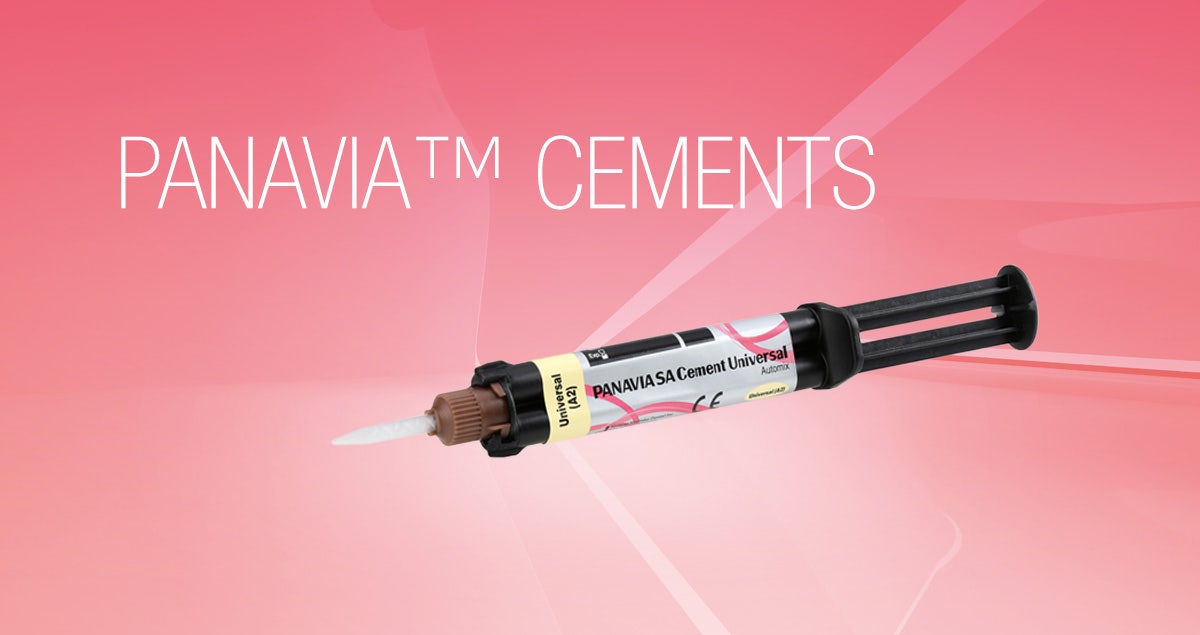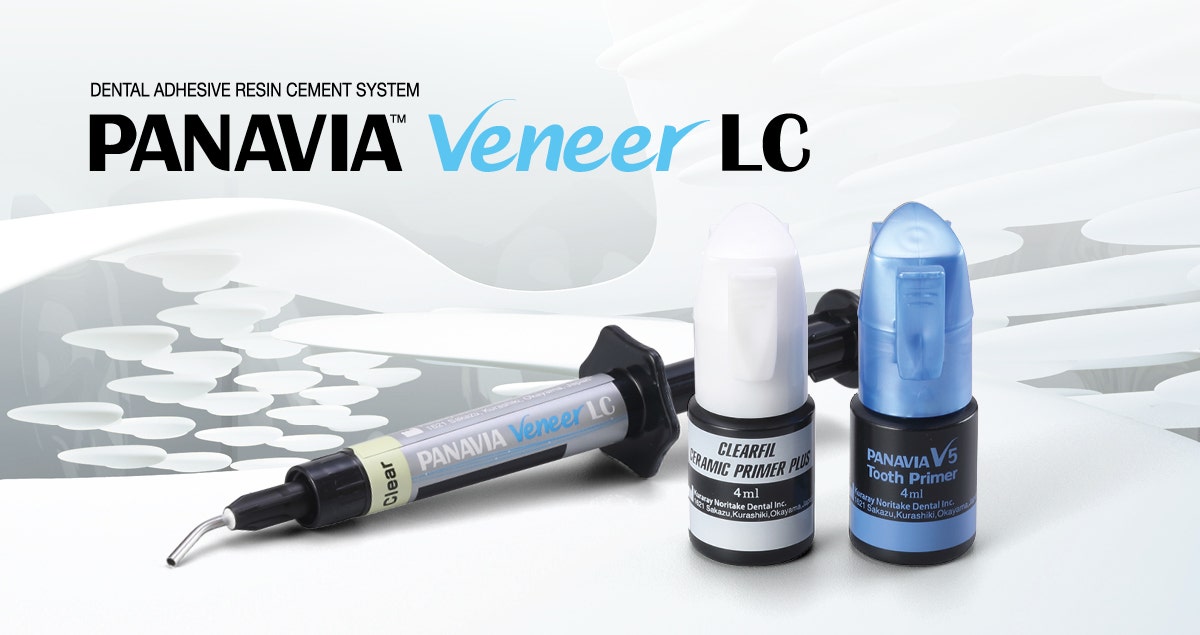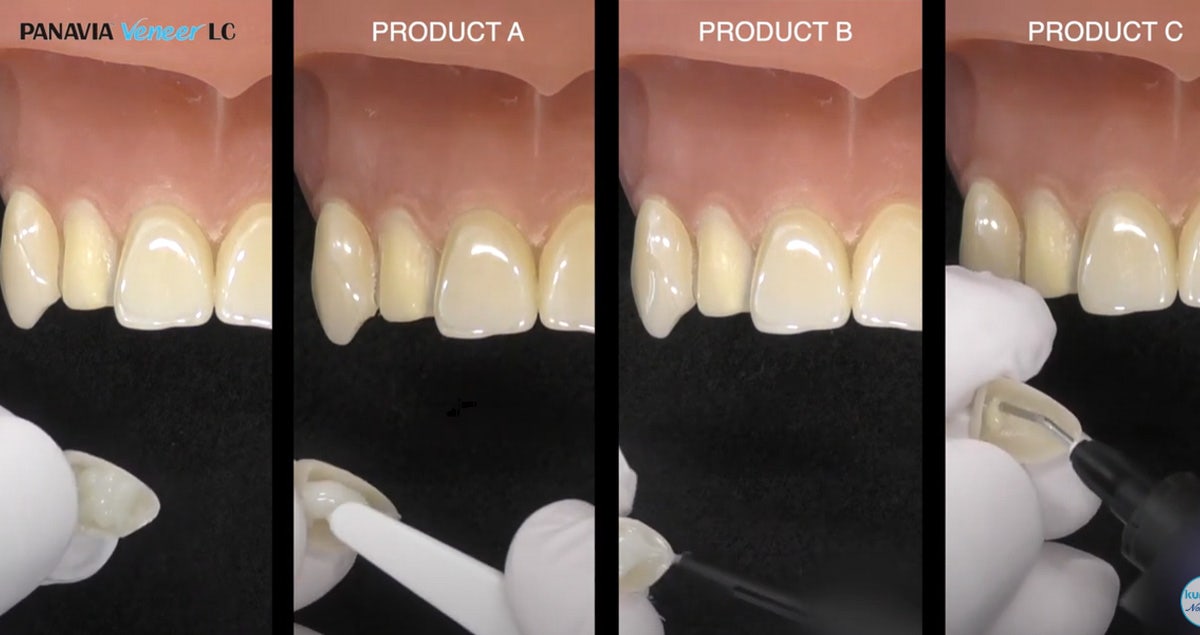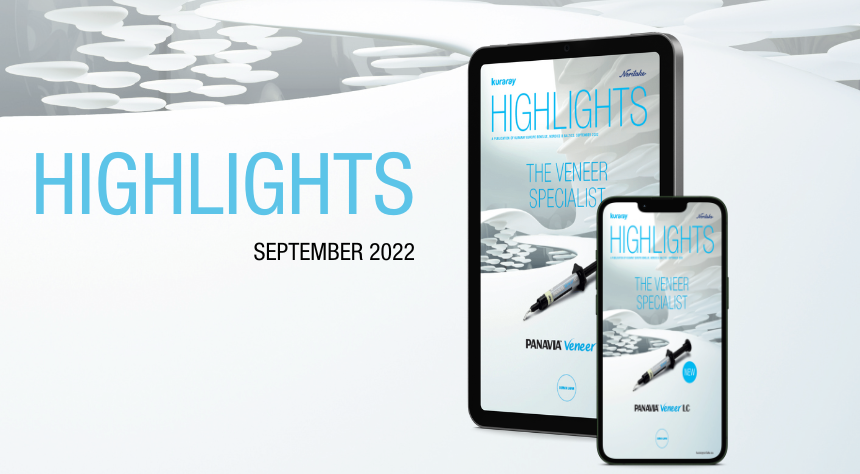A face-to-face talk between Mr. Matsuyama and Ms. Ban
- A commemoration of the company’s 10th anniversary –
We asked Mr. Sadaaki Matsuyama, who was then the president of Kuraray Medical, and Ms. Kiyoko Ban, who was then the company advisor of Noritake Dental Supply, about episodes that occurred during the business integration between their two companies.
What were your impressions of each other at that time?
Ms. Ban: I had known Mr. Matsuyama for about 10 years before the integration. When I first met him, I got the idea he was "scary," but as we talked I discovered we had a nice rapport. I finally came to the firm conclusion that he is a very pleasant person!
Mr. Matsuyama: We made some small talk when we met at exhibitions, and because we used the same distributors in Japan, we had many opportunities to talk to each other at New Year's parties and other distributors’ gatherings. She said that I looked "scary", but at first I felt that Ms. Ban looked quite tough (laughs). Later, I came to have the impression that she was someone with whom I could talk frankly.
What were your impressions of each other's companies before the integration?
Ms. Ban: Kuraray had entered the dental industry before Noritake did and they were well known in the field of dental adhesives. I respected them. We had something in common, in that we were both companies that had not specialized in dentistry, but were now doing business in this new-to-us field.
Mr. Matsuyama: Noritake occupies a high share in Japanese dental ceramics market and Kuraray occupies a high share in Japanese dental adhesives market, so neither company had a big lineup of dental products. Neither of us was a great big company doing extensive business in the dental industry. Still, it seemed to me that we both had outstanding, worldwide-recognized technological capabilities.
How did the two companies turn up with the idea of integration?
Ms. Ban: Actually, even before we began to consider the possibility of integrating, the topic of integration came up several times during casual chats among Kuraray staff. Later, when Mr. Matsuyama, who had been working in China, returned to Japan, I began to think that we would be able to draw up a more concrete global strategy if we worked together. Finally, when Mr. Matsuyama was appointed president of Kuraray Medical, I remember that a specific discussion of integration came up between the two companies.
Mr. Matsuyama: At that time, just as Ms. Ban said, Kuraray Medical was also seriously considering a global strategy. We were thinking, "We ought to get serious about expanding our business in the global market." From a global perspective, it was clear we needed to show our face on the world market. I also had the feeling that, to succeed at that, we had to add "something" to the company as it was, in order to achieve this global expansion. It was while I was still mulling this over that the topic of business integration came up, and I saw right away that we had no choice but to move forward with this. If we intended to expand our business further and advance more aggressively into overseas markets, I thought that the integration of Noritake Dental Supply, the number one company in "inorganic" materials and Kuraray Medical, the first in "organic" materials would have a global impact and that it would be very beneficial to both companies.
Ms. Ban: Before the integration, dental materials divisions of Kuraray and Noritake had worked together in the development of dental restoration system called CLAPEARL*. Kuraray made the cement and Noritake made the porcelains suitable for use with the cement. Kuraray and Noritake have had a pretty darned good relationship since that time.
*Limited to Japan, dental restoration system consisting of several components used for porcelain laminate veneer restorative treatments. Only its dual-cure cement was exported to some areas under the name of CLEARFIL™ DC Cement.
I think the two companies integrated with each other to enhance their respective strengths further and overcome their weaknesses. What did you expect specifically?
Mr. Matsuyama: What I expected from this integration was that our people, who had been engaged only with adhesive materials, would be able to get into the world of porcelain materials. Also, I thought they would be able to widen their perspective on their own dental materials business, including how they conducted that business, by being on the inside of another company in a related field. I thought this would hold true of the employees at both companies.
Ms. Ban: That's right. We used to only look at ceramics-related areas, but after the integration, we began to pay attention to new cement products, and so on. During the early days after integration, at the IDS (International Dental Show: one of the world's largest exhibitions in the dental industry), our ceramics products and our adhesive products were displayed separately in our booth. I remember even back then I thought this was bad. Now, at exhibitions, our products are displayed in one booth, with ceramics and cement products arranged together, so visitors can take a look at both types of products at the same time. I think things have improved a lot compared with how they were at the beginning.
At the time, there was a lot of talk about "synergistic effects" arising from the integration. What kinds of synergistic effects did you first see and experience? Was it what you expected?
Ms. Ban: At the first IDS held after the birth of Kuraray Noritake Dental, I really felt the synergy arising from the integration. When I got to our booth, without even fully realizing what I was saying, I exclaimed: "This splendid booth shows what we can achieve by getting together!" I felt as if a great new company had been born. Besides, another thing that I feel great about this integration is the issue of intellectual properties. We were able to learn a lot about intellectual property rights after integrating with Kuraray Medical, and I am very thankful for that.
Mr. Matsuyama: I think the first one of the synergistic effects we obtained from the integration was that we were able to market our products from a wider perspective. For example, now that we sell CAD/CAM materials or ceramic materials, we are able to suggest suitable cements for them, as well. Previously, we could only say, "This is what we do with ceramics, and (separately) this is what we do with cements." But now, we can suggest products to customers that make up a total dental restoration system. This makes it easier for customers to get the whole picture of what we have available for them to buy. I thought that this was where the synergies from the integration first showed up.
Ms. Ban: People who know Kuraray Medical or Noritake Dental Supply well, such as those who are in the dental industry, including dentists, all said it was a wonderful integration. They all congratulated us on our integration. Kuraray Medical had long been recognized as a reliable dental adhesives manufacturer, while Noritake Dental Supply also had been accepted by many people in the dental industry as an excellent manufacturer of dental ceramic materials. I think that because both companies had good images, their integration was perceived even more favorably.


